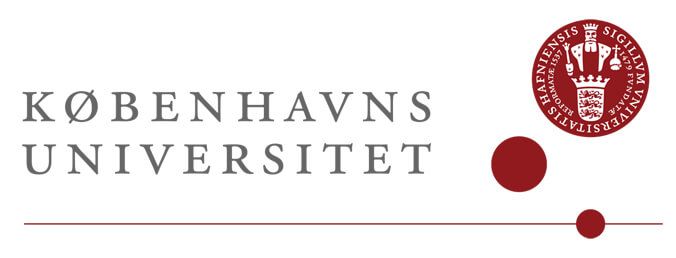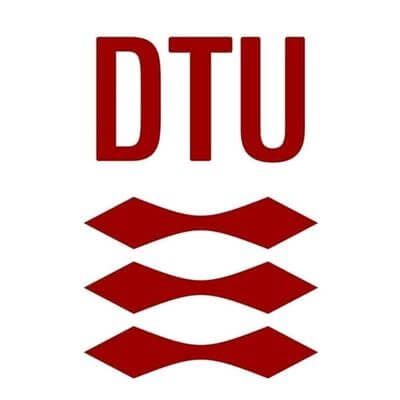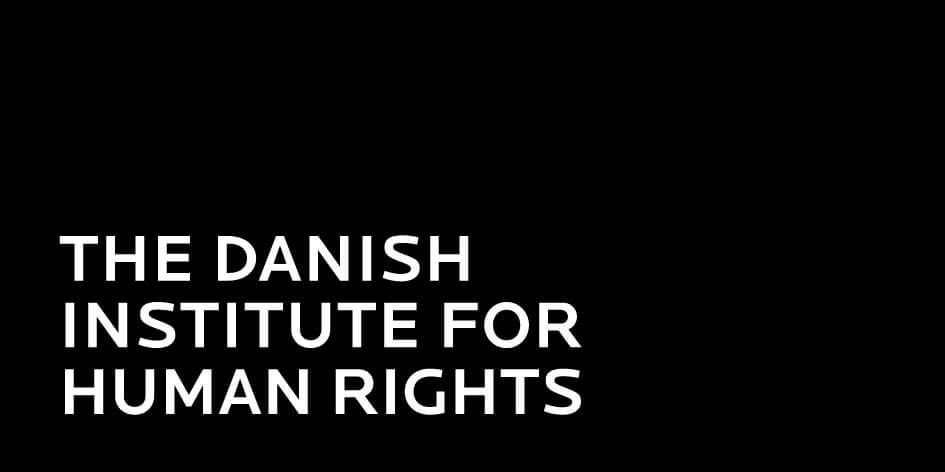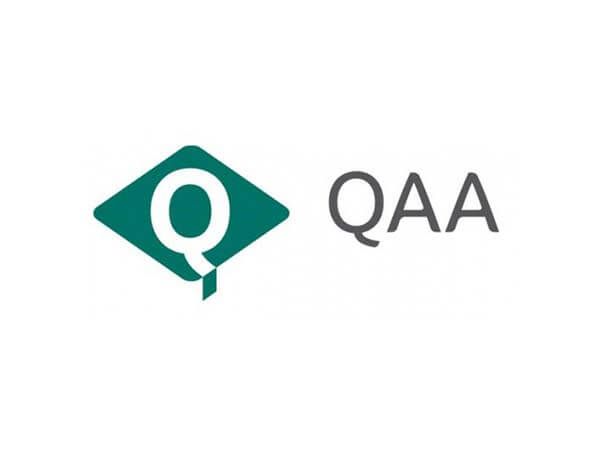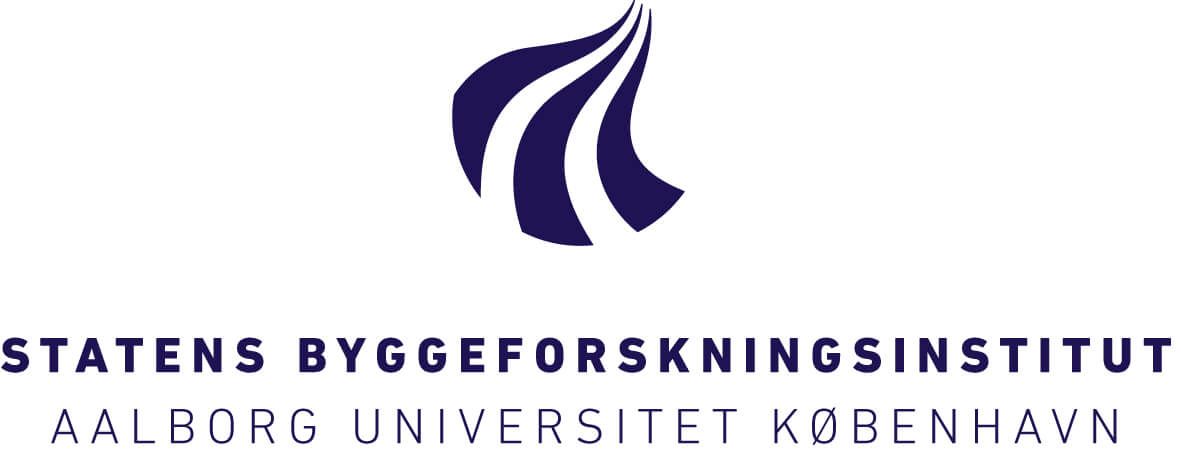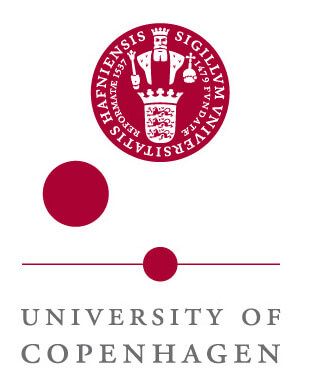Kompetencer til international
og tværkulturel
kommunikation, ledelse og dialog
Vi hjælper ledere og medarbejdere på alle niveauer med at få succes i et internationalt og multikulturelt miljø.
Vælg en ydelse
Kurser
Vi tilbyder kurser i fx præsentationsteknik, forhandling og engelsk på arbejdspladsen. Kurserne er relevante for alle, der arbejder internationalt. Vælg mellem et individuel coachingforløb eller undervisningsforløb for flere deltagere.
Oversættelse & korrektur
Vores oversættelsesbureau i København består af uddannede og erfarne translatører og oversættere, som du kan sparre med gennem hele forløbet. Vi har også stor erfaring med korrektur- og redigeringsopgaver for offentlige og private virksomheder.
Vi har blandt andet hjulpet
GlobalDenmark
Kontakt os

